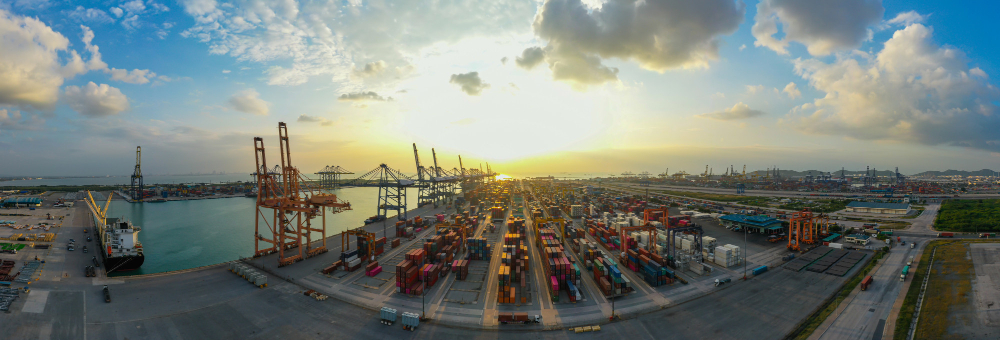In 2024, the landscape of logistics and transportation is poised for significant evolution, driven by a confluence of technological advancements, sustainability imperatives, and resilience strategies. As the conduits that facilitate the movement of goods from producers to consumers, these networks play an indispensable role in sustaining global supply chains and fostering economic growth. Here are the key trends shaping the trajectory of logistics and transportation in the year ahead:
1. Digital Transformation and Data Analytics
The rapid digitization of logistics networks continues to revolutionize traditional supply chain management practices. Leveraging big data and analytics, businesses are empowered to make data-driven decisions, optimize inventory management, and enhance logistical route-planning. Furthermore, advancements in artificial intelligence are ushering in a new era of intelligent sourcing, bolstering operational efficiencies and customer satisfaction.
2. Cybersecurity Imperatives
Amidst the pervasive threat of cybercrime, safeguarding supply chain networks has emerged as a paramount concern for industry stakeholders. With an uptick in data breaches and cyberattacks, companies are increasingly investing in robust cybersecurity solutions and adopting risk-based approaches to fortify their networks. By prioritizing cybersecurity measures, organizations can mitigate potential disruptions, safeguard sensitive information, and uphold their reputational integrity.
3. Sustainability Initiatives
In response to escalating environmental concerns, sustainability has emerged as a defining imperative for the logistics and transportation sector. Acknowledging the substantial carbon footprint attributed to transportation activities, stakeholders are intensifying efforts to reduce greenhouse gas emissions and adopt eco-friendly practices. Embracing sustainable transportation solutions not only aligns with regulatory mandates but also underscores a commitment to environmental stewardship and corporate social responsibility.
4. Automation and Digitalization
As the industry grapples with persistent labor shortages, automation and digitalization are poised to redefine operational paradigms. From warehouse robotics to autonomous vehicles, companies are embracing innovative technologies to streamline processes, enhance productivity, and mitigate reliance on human capital. By leveraging automation and digitalization, organizations can navigate labor challenges, optimize resource allocation, and foster agility in an increasingly dynamic marketplace.
5. Resilience Strategies
In an era characterized by unprecedented disruptions, building resilience within supply chain ecosystems is imperative for mitigating future shocks. By harnessing the transformative potential of generative AI, blockchain, and IoT, organizations can enhance visibility, traceability, and responsiveness across their supply chains. Through proactive problem-solving and agile decision-making, stakeholders can fortify their operations against unforeseen contingencies, ensuring continuity and adaptability in the face of evolving challenges.
Conclusion
As logistics and transportation networks evolve in 2024, embracing digital transformation, prioritizing cybersecurity, advancing sustainability initiatives, and fortifying resilience strategies will be critical imperatives for industry stakeholders. By navigating these transformative trends with foresight and agility, organizations can unlock new avenues for growth, enhance operational efficiencies, and forge sustainable pathways towards a more interconnected and resilient future.




